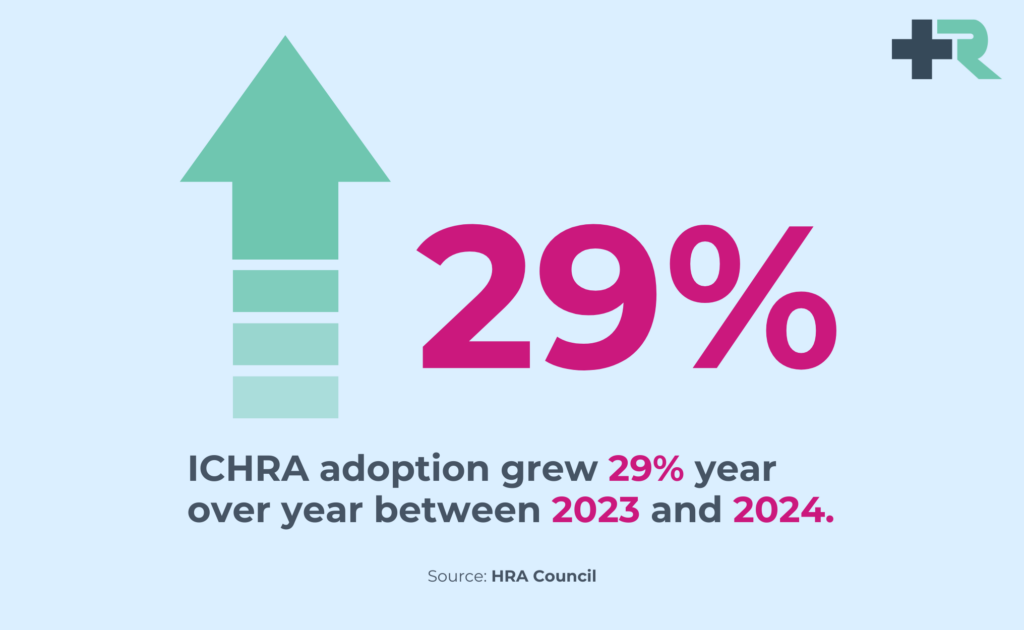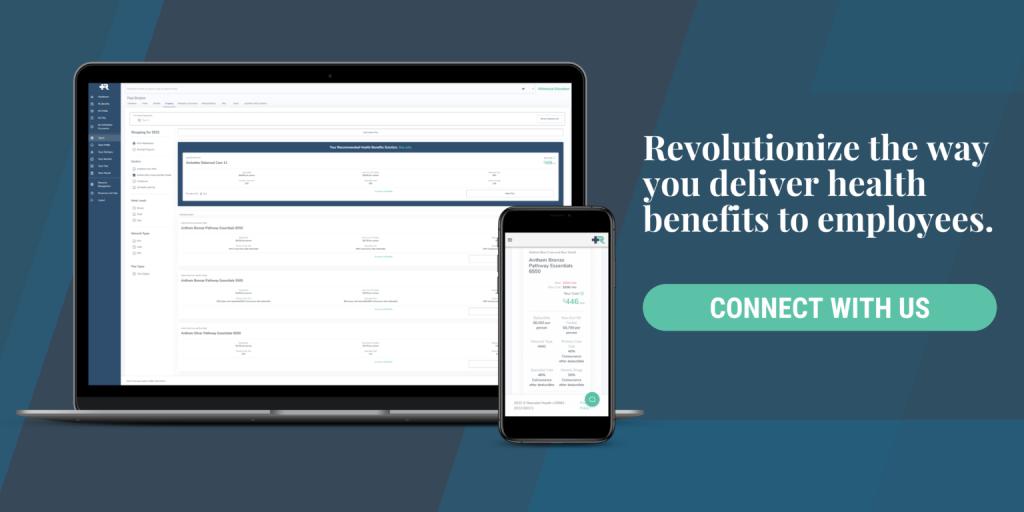
The world of employer-sponsored health benefits has been rapidly evolving, and one of the most notable changes is the increasing adoption of Individual Coverage Health Reimbursement Arrangements (ICHRAs). Entering their fifth year as a tax-advantaged solution, ICHRAs have experienced significant growth, particularly among Applicable Large Employers (ALEs). According to the latest data from the HRA Council, ICHRA adoption saw a 29% increase from 2023 to 2024, with ALEs leading the charge with an astounding 84% growth rate.
A Closer Look at ICHRA Growth
From 2020 to 2024, the number of U.S. employers offering ICHRAs has steadily risen. This upward trend underscores the growing recognition of ICHRAs as a viable and attractive option for providing health benefits. For many employers, especially smaller ones, ICHRAs represent a gateway to offering health benefits for the first time. This trend highlights the lasting viability of ICHRAs as a solution that meets the needs of both employers and employees.

Why Employers are Switching to ICHRAs
The data reveals that many employers adopting ICHRAs were previously unable to offer health insurance. Specifically, 83% of new adopters had no prior health coverage for their employees, while 17% transitioned from traditional group coverage to ICHRAs. This shift is driven by the flexibility and customization that ICHRAs offer. Employees can choose their own insurance plans, tailoring their benefits to meet their specific needs. This flexibility not only increases employee satisfaction but also enhances retention rates. Over 80% of businesses that adopt an HRA renew their plans year after year, demonstrating the “stickiness” of this benefits solution.
The Impact on Employees
For employees, the benefits of ICHRAs are clear. With the ability to select their own insurance plans, employees act as informed consumers, choosing coverage that best suits their needs and those of their dependents. According to the HRA Council, 60% of employees use their ICHRA allowances to purchase ACA Gold and Silver plans, which offer robust coverage options. Additionally, the introduction of ICHRAs has brought younger workers into ACA markets, helping to stabilize risk pools and lower overall costs.
The Role of ALEs in Expanding Coverage
Applicable Large Employers (ALEs), defined as those with 50 or more full-time employees, have been the fastest-growing cohort in ICHRA adoption. This growth is significant because it expands coverage options to more U.S. workers and their families. As of 2024, the number of employees offered a defined contribution health benefit through ICHRAs has exceeded 200,000, based on HRA Council Member data. When dependents are included, the total number of lives covered by ICHRAs and Qualified Small Employer Health Reimbursement Arrangements (QSEHRAs) is estimated to approach 500,000.

The Future of ICHRA and QSEHRA
The success of ICHRAs and QSEHRAs is a testament to their effectiveness as modern health benefits solutions. With high retention rates, increasing adoption among large employers, and the ability to attract younger employees, these arrangements are poised for continued growth. The HRA Council anticipates even greater adoption rates in the coming years, further solidifying ICHRAs as a cornerstone of employer-sponsored health benefits. As we look to the future, it’s clear that ICHRAs and QSEHRAs will continue to play a crucial role in expanding health coverage and providing flexible, customizable benefits that meet the needs of today’s diverse workforce.

